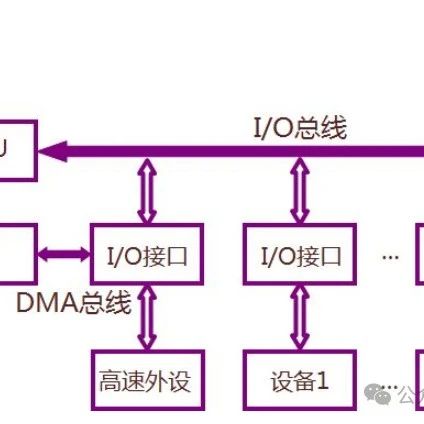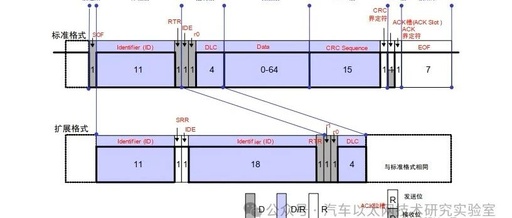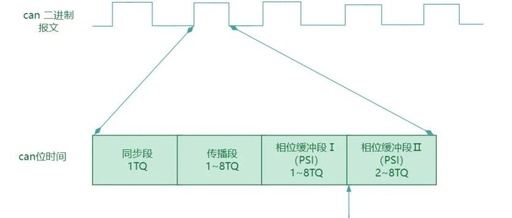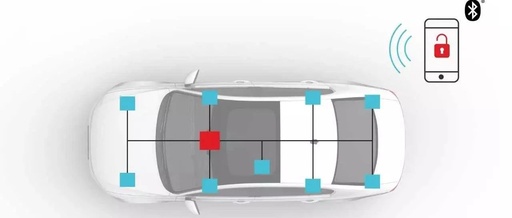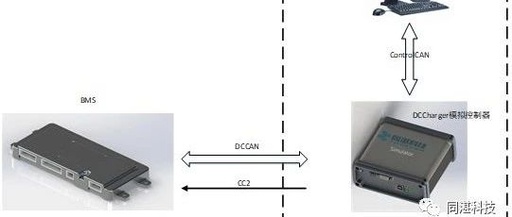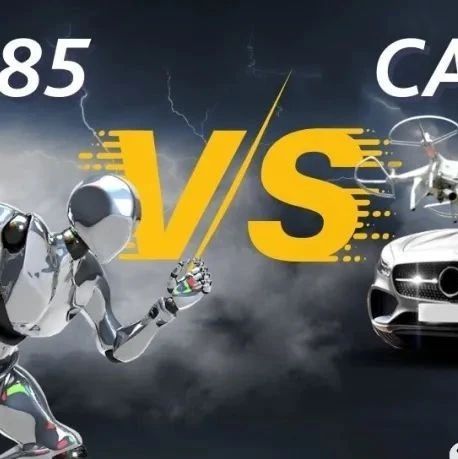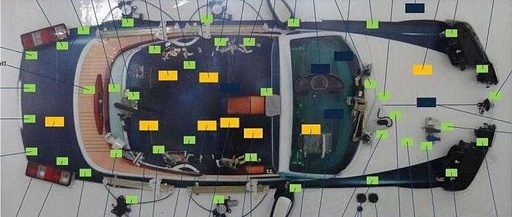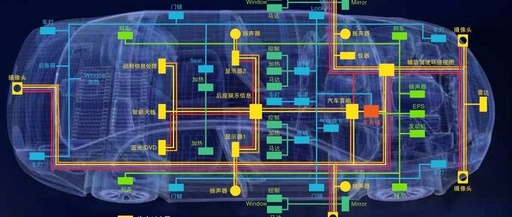Common Buses: IIC, IIS, SPI, UART, JTAG, CAN, SDIO, GPIO
IIC IIC (Inter-Integrated Circuit) bus is a two-wire serial bus developed by PHILIPS for connecting microcontrollers and their peripheral devices. The I2C bus transmits information between the bus and devices using two lines (SDA and SCL), enabling serial communication between the microcontroller and external devices or bidirectional data transfer between the master and slave devices. … Read more
